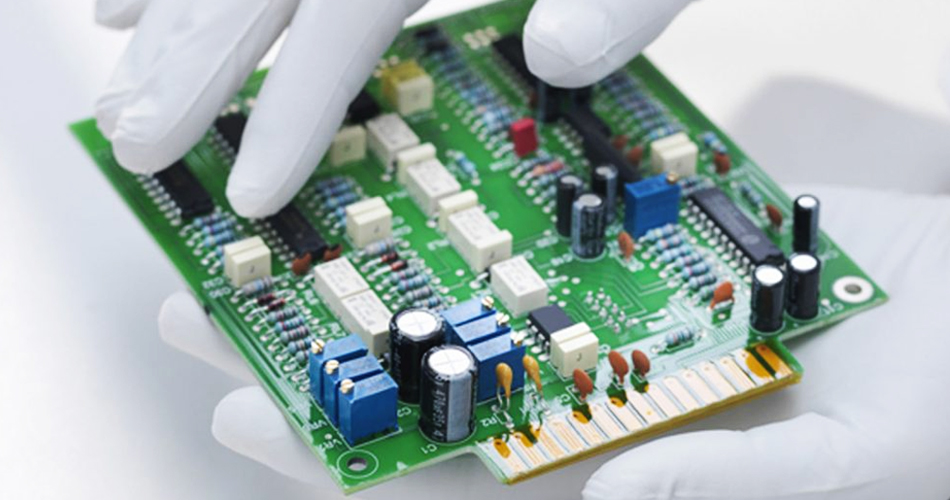- English
- Español
- Português
- русский
- Français
- 日本語
- Deutsch
- tiếng Việt
- Italiano
- Nederlands
- ภาษาไทย
- Polski
- 한국어
- Svenska
- magyar
- Malay
- বাংলা ভাষার
- Dansk
- Suomi
- हिन्दी
- Pilipino
- Türkçe
- Gaeilge
- العربية
- Indonesia
- Norsk
- تمل
- český
- ελληνικά
- український
- Javanese
- فارسی
- தமிழ்
- తెలుగు
- नेपाली
- Burmese
- български
- ລາວ
- Latine
- Қазақша
- Euskal
- Azərbaycan
- Slovenský jazyk
- Македонски
- Lietuvos
- Eesti Keel
- Română
- Slovenski
- मराठी
- Srpski језик
PCBA design and layout: key to improving product stability
2024-04-21
The design and layout of PCBA (Printed Circuit Board Assembly) is one of the crucial links in the electronic product manufacturing process, which directly affects the performance stability and reliability of the product. With the rapid development and complexity trend of modern electronic products, how to effectively improve product stability has become an important challenge faced by PCBA design engineers. This article will explore the key elements and methods for improving product stability in PCBA design and layout.

1. Fully understand product functionality and performance requirements
Before conducting PCBA design and layout, design engineers first need to fully understand the functional requirements and performance indicators of the product. This includes a comprehensive understanding of the circuit functions, working environment conditions, and service life requirements involved in the product. Only by accurately grasping the functional characteristics of the product can targeted design optimization be carried out to improve the stability and reliability of the product.
2. Reasonable selection of components and packaging
In PCBA design, the selection of components and packaging methods directly affect the stability of the product. Design engineers should select components with reliable quality and good stability according to product requirements, and choose packaging methods reasonably, such as SMD (Surface Mount Device) packaging, DIP (Dual In line Package) packaging, etc., to ensure the stability and reliability of the components.
3. Optimize circuit layout and wiring
A good circuit layout and wiring method are crucial for improving product stability. Design engineers should follow the principle of short lines, minimize the length and crossing of signal lines, and reduce signal interference and crosstalk. At the same time, arrange the power and ground wires reasonably to reduce electromagnetic interference and improve circuit stability.
4. Thermal Management and Cooling Design
In PCBA design, thermal management and heat dissipation design are also key aspects. Design engineers should consider the thermal characteristics of components, design heat dissipation structures and devices reasonably, ensure that components maintain appropriate operating temperatures during operation, and improve product stability and reliability.
5. Electromagnetic Compatibility (EMC) Design
The electromagnetic compatibility (EMC) design of products is also an important aspect of improving product stability. Design engineers should take shielding measures, optimize layout and wiring, use suppression devices, and other methods to reduce electromagnetic interference and ensure the stability and reliability of products in different working environments.
6. Testing and Verification
Finally, strict testing and validation are required after the completion of PCBA design and layout. Design engineers can comprehensively test and verify the stability and reliability of products through simulation, circuit board prototype testing, environmental testing, and other means, timely discover and solve problems, and ensure that the product reaches the expected level of stability.
In the fiercely competitive market environment of modern electronic products, improving product stability is an important issue that PCBA design engineers must pay attention to. By fully understanding product requirements, selecting components and packaging reasonably, optimizing circuit layout and wiring, designing thermal management and cooling structures, considering electromagnetic compatibility and other key elements, the stability and reliability of the product can be effectively improved, and the advantage of market competition can be won.
-
Delivery Service






-
Payment Options









